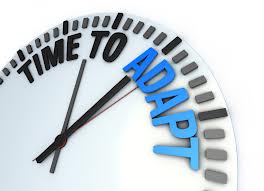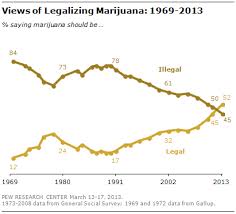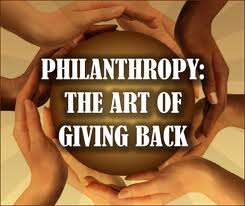 Let me start today’s post off with this simply observation: “Jeff Brooks is an evil genius!” If you aren’t subscribed to or periodically clicking over to read Jeff’s blog — Future Fundraising Now — then you don’t know what you’re missing.
Let me start today’s post off with this simply observation: “Jeff Brooks is an evil genius!” If you aren’t subscribed to or periodically clicking over to read Jeff’s blog — Future Fundraising Now — then you don’t know what you’re missing.
When I started blogging two years ago, I did a little research. While I found a number of great tips, one piece of advice really resonated and stuck with me. If you want to become a great blogger, then you need to subscribe to and read other blogs. In other words . . .
- read a lot,
- pay attention to what others are doing,
- be open minded and willing to adapt,
- participate and collaborate with others, and
- commit to becoming a life-long learner.
If you read my blog regularly, then you can probably tell that I took this advice to heart and I consume a lot of other people’s blog content.
One of the blogs I follow regularly is Jeff Brook’s Future Fundraising Now. In addition to awesome content, the thing I really love is that his posts are always short, sweet and to the point. I am envious of his brevity (something with which I obviously struggle).
So, why am I using today’s post to proclaim my blogger crush on Jeff Brooks? Because for the last few Mondays he has kept me in stitches with his nine part “Fundraising Hell” series where he modified Dante’s Inferno for fundraising professionals.
While he still has a few weeks to go, you should take a few minutes out of your busy day to read his first seven posts (remember they are short unlike mine):
- Level 1: Virtuous Unbelievers
- Level 2: The Lustful
- Level 3: The Gluttonous
- Level 4: The Greedy and Wasteful
- Level 5: The Wrathful
- Fundraising Hell, Level 6: The Heretics
- Fundraising Hell, Level 7: The Violent
As many of you probably do, I periodically look back upon my career and reflect upon the mistakes I’ve made. When I’m feeling charitable, I look back upon my “lessons learned.” When I’m feeling pitiful and sorry for myself, I look back shamefully and wish there was a “do over button.”
Before being introduced to Penelope Burk and her donor-centered fundraising paradigm, my after-life probably would’ve been spent in fundraising hell on “Level 4: The Greedy and Wasteful“.
Are you a non-profit professional who strives to be a “life-long learner“? If so, how do you do that? What resources do you consume on a regular basis that adds to your knowledge base and feeds your non-profit soul?
Looking back upon your fundraising career, in which level of fundraising hell would you have found yourself if you had not started walking the path of righteous fundraisers?
I will end today’s post by asking you a BIG FAVOR. Please share with me other blogs that you follow and believe bring you tremendous value from a non-profit and fundraising perspective. I want to beef up the BLOGROLL section of the DonorDreams site by including websites and blogs you find inspirational and helpful.
WOW! There are three paragraphs of questions embedded in this mornings blog post. Well, you know what to do. Please scroll down to the comment box and share a few of your thoughts. Why? Because we can all learn from each other.
Here’s to your health! (And here is hoping you avoid fundraising hell! LOL)
Erik Anderson
Founder & President, The Healthy Non-Profit LLC
www.thehealthynonprofit.com
erik@thehealthynonprofit.com
http://twitter.com/#!/eanderson847
http://www.facebook.com/eanderson847
http://www.linkedin.com/in/erikanderson847


















